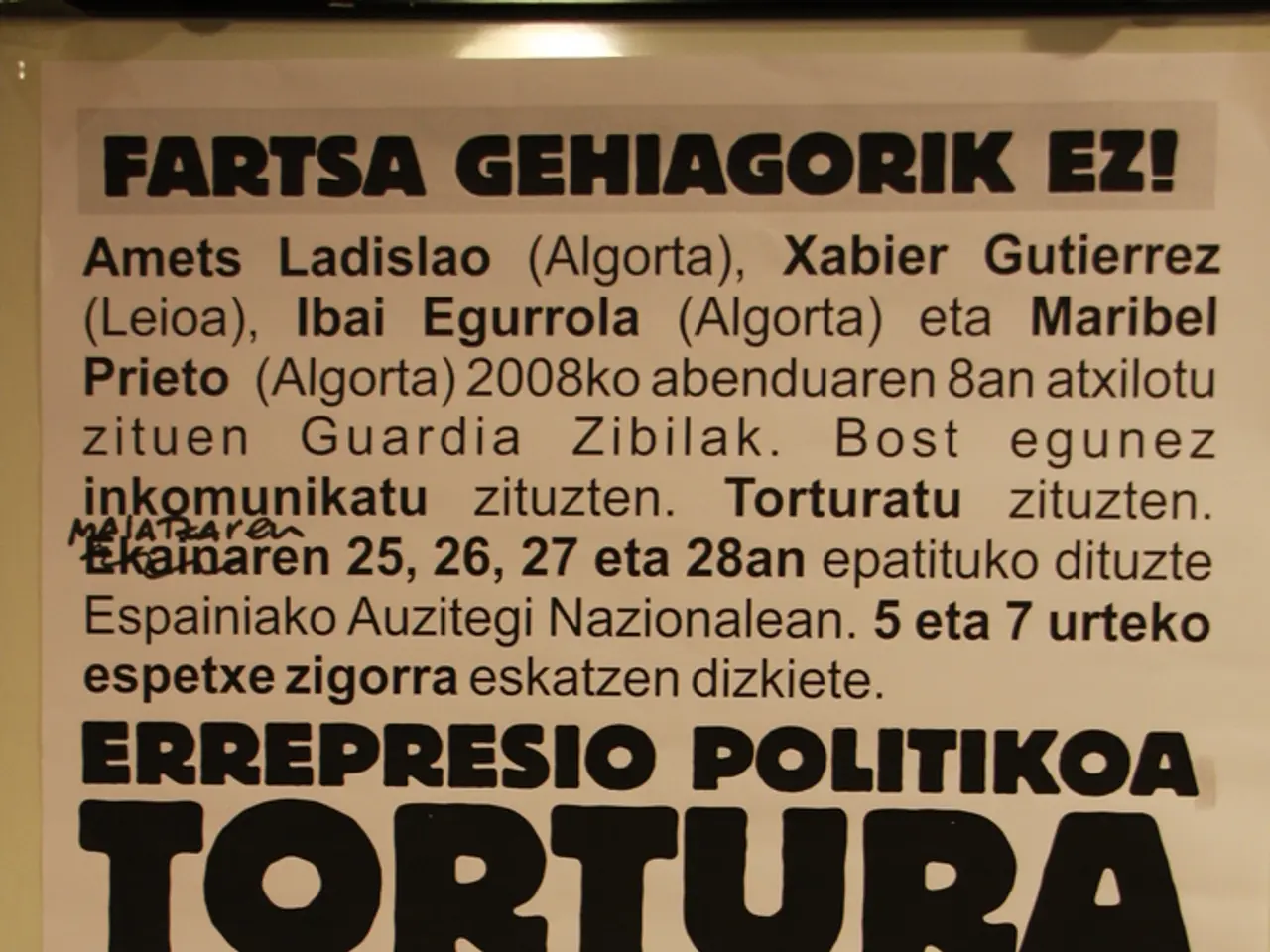Rising Prices in Fashion, a Result of Import Tariffs Shaping Today's Trends
In the ever-evolving world of fashion, economic factors play a significant role. According to recent data, wages, rents, and other business expenses in the fashion industry are directly or indirectly referenced by the Consumer Price Index (CPI).
In both Spain and the European Union, inflation for clothing and footwear maintains a two-point inflation differential compared to the general CPI. This differential is approaching two points again, as global inflation trends continue to unfold.
Housing prices have been on a steep rise, increasing almost 10% annually in recent months. This increases pressure on family budgets, particularly in Spain where fashion accounts for just 4.2%, compared to 32.4% for housing and utilities, 15.8% for food, or 11.4% for transport.
Inflation has heated up in Spain in recent months, rising from 2% in May to rates of 2.7% in July and August. With price increases above general inflation, categories like housing put pressure on the fashion budget, likely leading to a compression in consumer spending on clothing and footwear.
The rise in inflation in strategic markets like Spain could reverse the fashion's reconquest of the budget of Spanish residents. In 2024, fashion spending per household in Spain increased by 8.5%, with an additional 112 euros per household and year, to 1,432 euros. However, the ongoing inflationary trend could potentially reverse this growth.
The differential between fashion and general CPI becoming more than fashion has only occurred three specific times since the beginning of the century. During these periods, essential family expenses have risen worldwide, tightening available resources for discretionary spending, while fashion maintained its inflationary differential, leading to an automatic loss of profitability.
In the United States, tariffs are expected to impact consumer prices and boost inflation in the second half of 2025. Spanish and US fashion companies facing increased profit risks due to insufficient discounting and sales volume amid ongoing inflation include brands and retailers lacking strong pricing power or market positioning. On the other hand, strong brand companies like LVMH and Hermès in the luxury segment have been able to pass on cost increases to customers effectively.
Meanwhile, the inflation rate for hotels and restaurants in July was 4.2%, and for alcoholic beverages and tobacco, it was 4.1%. The inflation rate for housing and utilities in Spain saw a significant rise of 6.7% in July. The inflation for clothing and footwear, however, rose by a relatively modest 0.8% annually in July, a three-tenths increase from June.
Despite weak demand and the relaxation of energy prices continuing to reduce global inflation, as predicted by the International Monetary Fund, this won't happen everywhere. With these trends, inflation could once again shape the near future of the global fashion business, particularly in countries like Spain and the United States.







